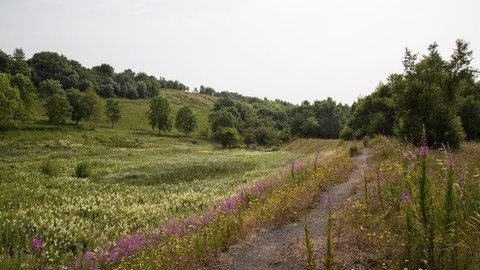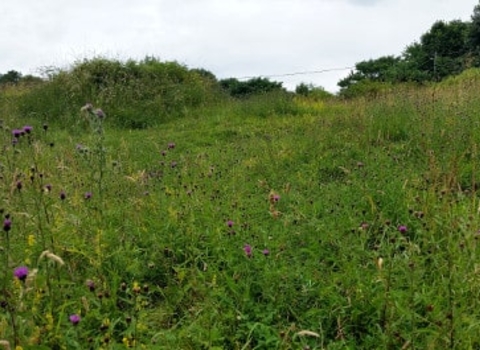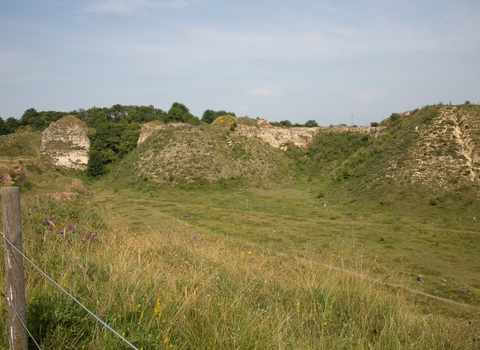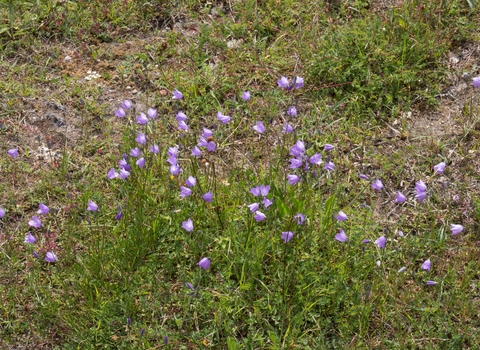
Raisby Hill Grassland
Know before you go
Dogs
When to visit
Opening times
Open at all timesBest time to visit
April to AugustAbout the reserve
One of the few remaining examples of primary magnesian limestone grassland left in the country and is of national significance for its flora.
An abandoned quarry site, it has limestone grassland, two ponds surrounded by marsh and fen habitats and areas of developing ash woodland.
The primary grassland contains plants typical of this internationally rare habitat, including blue moor grass, fairy flax, devils-bit scabious, burnet saxifrage and columbine.
The quarry flora includes a large number of orchid species including the rare dark red helleborine, fragrant and pyramidal orchid. Common rockrose is abundant and supports a small colony of northern brown argus butterfly. Other butterflies seen in large numbers include dingy skipper, common blue, ringlet and small skipper.
The marshy grasslands and ponds are dominated by lesser pond sedge and provide good habitat for dragonflies such as common hawker and darter.
The ash woodland contains a large number of mature wych elm providing food for the larvae white-letter hairstreak butterflies and the scrub and woodland are very good for warblers, in particular grasshopper warbler. Brown hare are regularly seen boxing on the limestone spoil screes.







